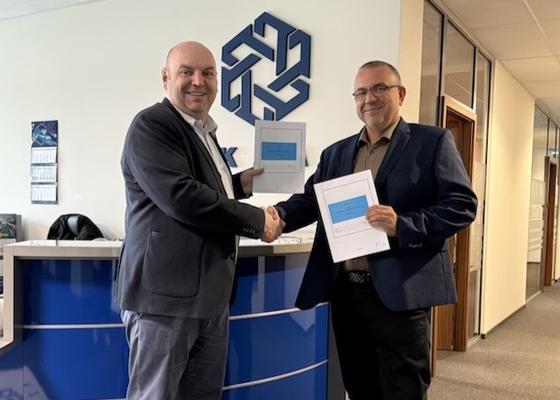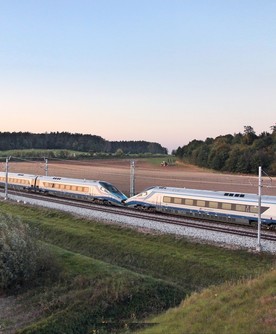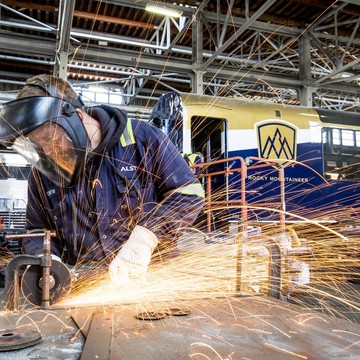
Alstom to modernise rail traffic control system on the Poznan freight bypass in Poland
Alstom to modernise rail traffic control system on the Poznan freight bypass in Poland

Poland/CEE Communication Director
Anna Zaluska
Send an email-
Alstom will be the supplier of rail traffic control and management systems for the planned modernisation of the Poznań freight bypass
-
The new traffic control devices will increase the capacity of railway lines no. 395 and 352, which are a key section of Poland’s freight transport route
-
The use of modern computer railway traffic control devices will enable remote and automated traffic control on the modernised sections of the Poznań freight bypass
31 March 2025 – Alstom, global leader in smart and sustainable mobility, will deliver rail traffic control systems for the Poznań freight bypass. The works will be carried out under a contract signed by Alstom with Krakowskie Zakłady Automatyki S.A. The scope of the contract includes the delivery of railway traffic control devices at stations and in the Poznań Franowo Local Control Centre, as well as the reconstruction of railway traffic control devices in the Poznań IV Local Control Centre. Additionally, Alstom will deliver new and modernise existing line devices, including line block devices and devices at rail-road crossings.
“The modernisation of the Poznań freight bypass is another infrastructural project of significant importance for the Polish railways. As one of the largest manufacturers of railway control systems and devices in Europe, we have unique competences, and many years of experience gained on the domestic and international market."
The works contracted by Alstom are part of large-scale investments on railway lines no. 395 and 352. They include, among others, the modernisation of approximately 70 km of tracks and the creation of new railway stations in the districts of Poznań, as well as the reconstruction of tracks and the traction network. The aim is to improve and increase the capacity on one of the key sections of the freight transport route in Poland.
“The modernisation of the Poznań freight bypass is another infrastructural project of significant importance for the Polish railways. As one of the largest manufacturers of railway control systems and devices in Europe, we have unique competences, and many years of experience gained on the domestic and international market. We are pleased that, in such a complex investment project as the modernisation of the Poznań freight bypass, our partners see the key role of technologies and solutions which are constantly developed by our team with modern and sustainable mobility in mind” emphasises Adam Juretko, Managing Director of the Alstom Katowice site in Poland.
“The modernization of the Poznań Freight Bypass is a project of great importance for the development of the entire Wielkopolska region, and in particular Poznań and its surroundings, which will bring many benefits not only to the residents but also to the entire transport system in this region. I am very glad that we will be able to carry out this task together and that thanks to the use of Alstom devices, rail traffic will be safer and more efficient” - added Paweł Mentel, President of Krakowskie Zakłady Automatyki S.A.
One of the effects of the investment will be obtaining comfortable conditions at workstations by the PKP Polskie Linie Kolejowe staff. The use of modern computer devices will allow for remote and automated traffic control on the modernised sections, self-diagnostics, damage registration and facilitation of the operation of railway control devices, which will be automated and secured in computer systems. This will also contribute to increasing the railway safety factor in the larger Poznań agglomeration.
Alstom’s experience in the Polish market includes the first implementation of the ERTMS level 2 system, the construction of the ERTMS level 2 system on ten PKP PLK railway lines, the construction of a control centre for the Warsaw Metro, the construction of over 30 centralised rail traffic control (CTC) systems, the equipment of over 220 stations with computerised interlocking systems and the modernisation of over 1,700 level crossing signalling systems.

